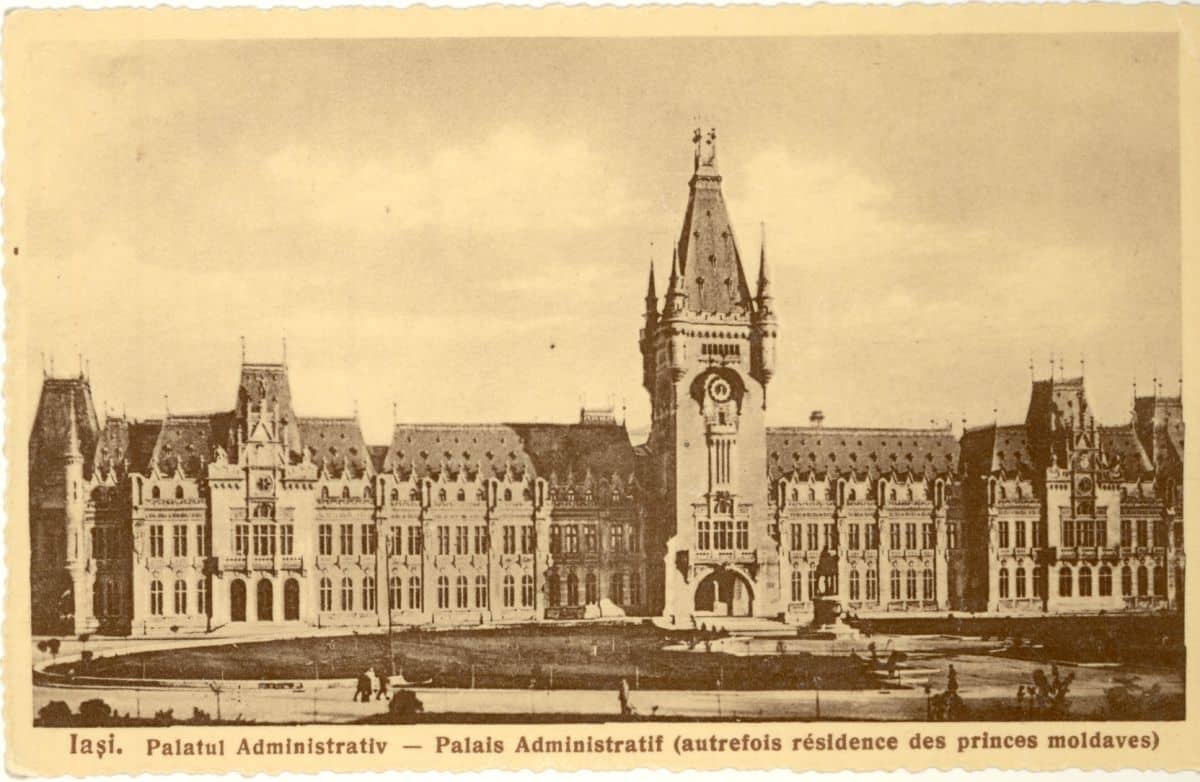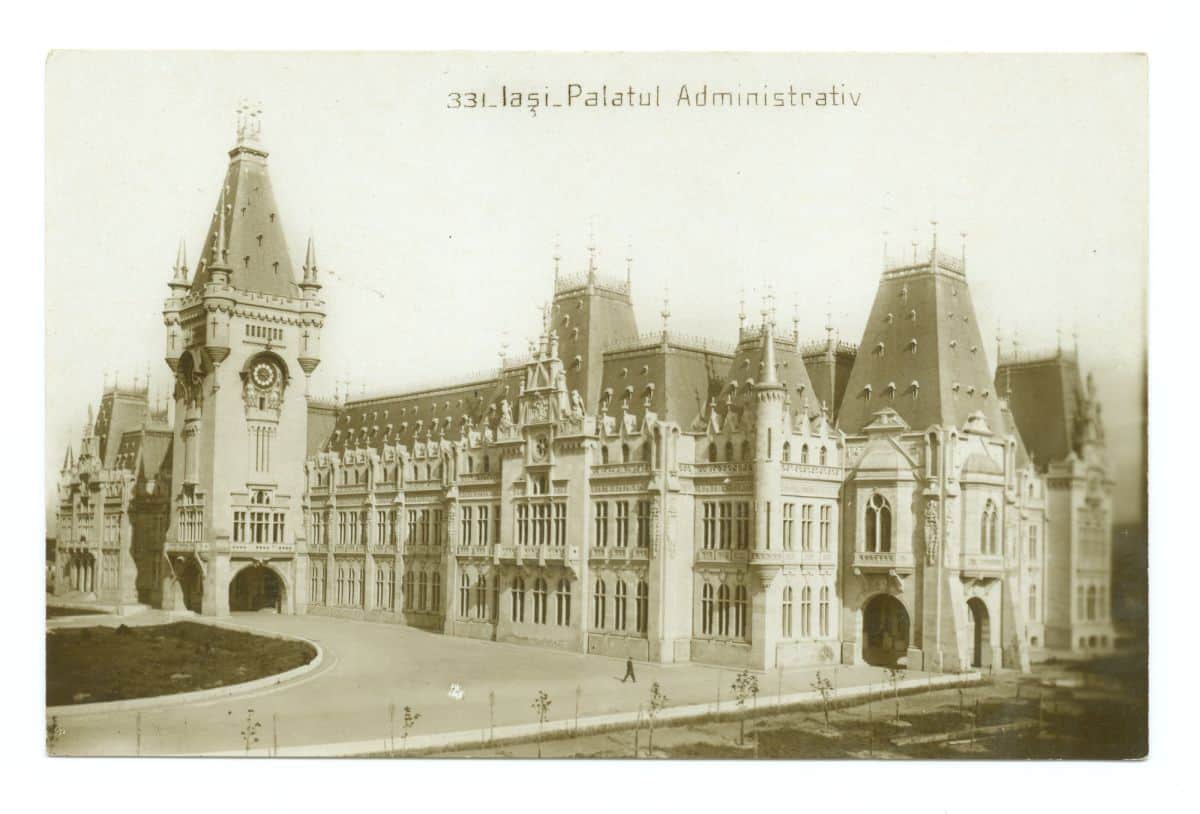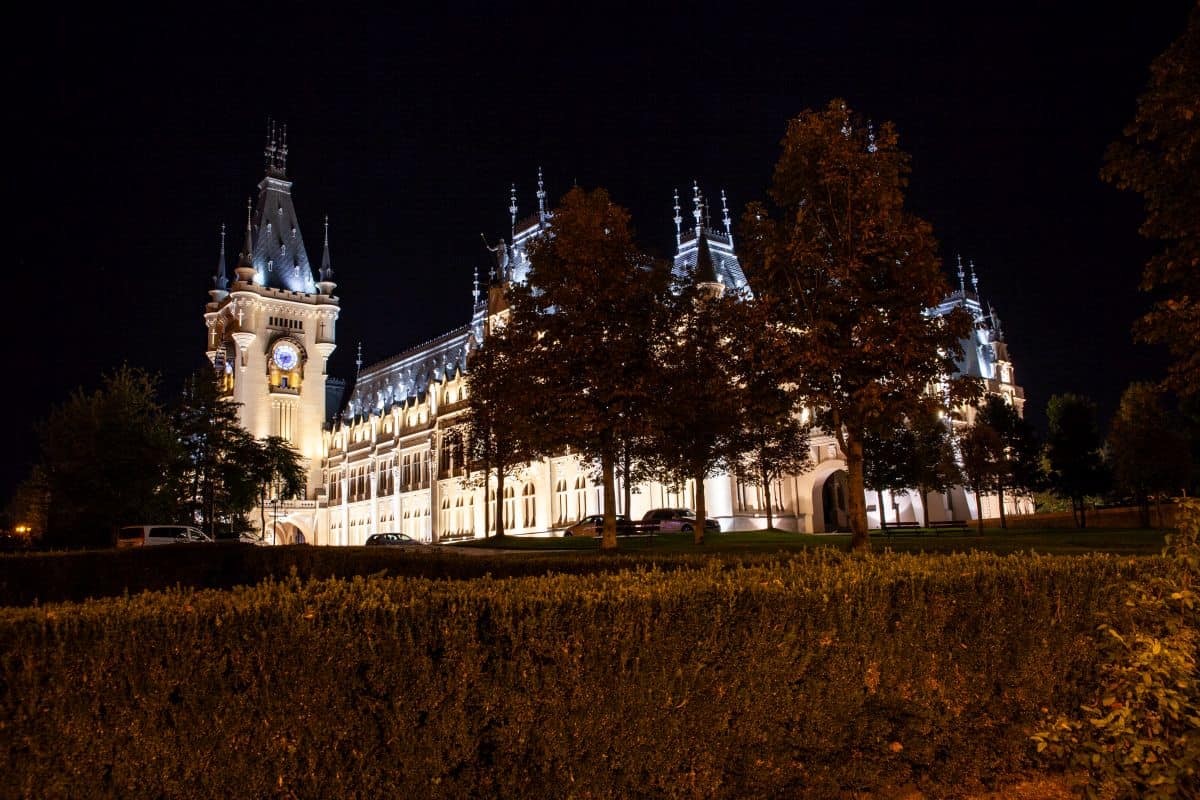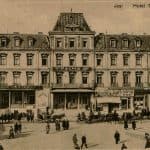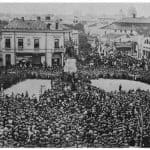The Monumental Palace of Culture, a symbolic edifice of the city of Iaşi, amazes and flatters the eye of the viewer for more than a century with its matching blend of styles: neo-gothic, romantic and neo-baroque. Not only the exterior architecture is remarkable, but also the attention to interior details, such as the mosaic of the central lobby, inspired by that of Saint-Pierre sur Dives Cathedral in France, made with the help of French masters; the furniture was also executed according to architect Berindey’s designs by Albert Goumain’s Decorative Art Workshop in Paris and, last but not least, Henri Coanda’s contribution was made to the project. He invented a special cement that mimics the texture and sound of oak wood to be used to decorate several palace halls. We can not fail to mention that Hall of the Hall, Henri Coanda, was inspired by the Westminster Hall building in London, the Parliament House of the United Kingdom of Great Britain. The “Pearl” of the Palace of Culture is indisputably the clock in the tower of the palace, the one that has long been the pulse of the city of Iasi, made in a retro style, but with a revolutionary mechanism that synchronously operated 25 clocks located in the palace rooms. At every precise hour, the horology play for Iasi, “Hora Unirii”, is the song of a great historical moment in Romania’s history.
Designed between 1906-1925 on the West European Communal palace model, then the Palace of Justice and Administration in Iasi was signed by architect Ion D. Berindey, one of the most prolific and famous architects in the first half of the century
20th century and a great lover of details. Because of the First World War, the palace works were difficult, finishing being possible over several years, and as a result, the official inauguration took place only on 11 October 1925, in the presence of the royal family, King Ferdinand and Queen Maria. The Palace of Justice and Administration in Iasi served as an administrative institution until 1955, when its role in the life of the city changed into an eminently cultural one. Thus, renamed the Palace of Culture, it hosts nationally-owned museums under the name of the Moldavian National Museum Complex “Iasi”.
While the Palace of Justice functioned here, of the 299 existing rooms today, 40 were inhabited by hired officials, including the president of the court, many rooms served as courtrooms, and several rooms from the basement even had the destination of shelter detainees and defendants before entering the trial room.

